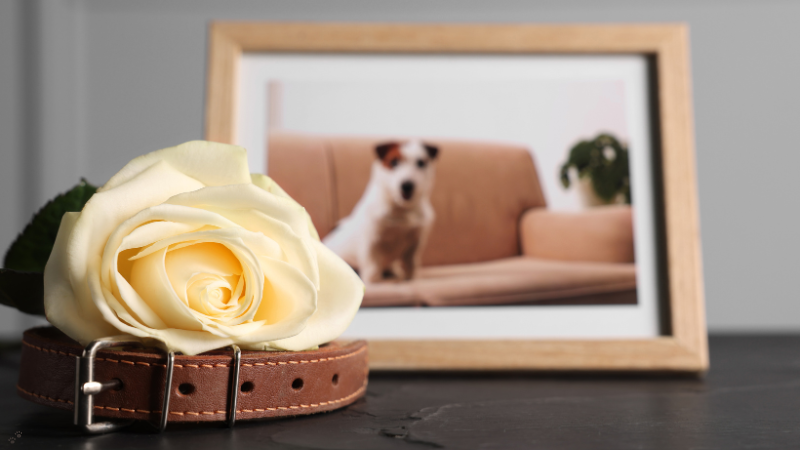
When we welcome a pet into our lives, we know—somewhere in the back of our hearts—that our time together won’t last forever. But knowing doesn’t make the goodbye any easier. For many of us, our pets aren’t “just animals.” They’re family, confidants, companions, and healers. Losing them can feel just as profound as losing a human loved one—and yet, society doesn’t always recognize or validate that grief.
If you’ve found yourself here, please know this: your pain is real, your love is real, and your grief is real. There’s no “right” way to mourn. There’s only your way, your bond, your story.
This guide was created to help you walk through the tender journey of pet loss—with compassion, understanding, and gentle guidance. We’ll explore how to cope with grief, honor your pet’s memory, and begin to heal, while reminding you that you’re never alone on this path.
The loss of a pet often carries a unique weight. While some people outside of the experience may dismiss it with phrases like, “It was just a dog” or “You can always get another cat,” those words miss the truth: each bond is one-of-a-kind and when it’s gone the absence leaves a hollow space that can’t simply be “replaced.”
Pet loss grief can take many forms:
Understanding that grief doesn’t follow a straight line is important. You might feel fine one day and shattered the next. That’s not weakness—it’s love, still searching for a place to go.
One of the hardest parts of being a pet parent is deciding when it’s time to say goodbye. Sometimes, that decision is taken from us suddenly. Other times, we face weeks or months of uncertainty.
A helpful tool many families use is the Quality of Life Scale, which helps you evaluate your pet’s comfort and daily joy. Look at things like their ability to eat, drink, move, breathe, and engage with the people or activities they love. Tracking these changes daily can help you see trends more clearly than memory alone.
When the time does come, you’ll have choices about how your pet’s passing happens:
If you have children, consider talking with them honestly and gently about what’s happening. Avoid euphemisms like “going to sleep,” which can confuse or scare them. Instead, explain that their pet’s body is very tired and won’t be able to work much longer.
In the middle of grief, practical decisions about aftercare can feel overwhelming. Knowing your options ahead of time can make the process gentler:
Many services also offer paw prints, fur clippings, or memorial keepsakes as part of the process. There’s no right or wrong choice—only what feels most meaningful for you and your pet.
Grief can feel isolating, but you don’t have to walk through
it alone. If you’re struggling, consider:
Sometimes, the most healing thing you can do is connect with others who get it. Being witnessed in your grief can lighten the burden,
even just a little.
Grief is love with nowhere to go. And when that love is for a pet who gave you their whole heart, it makes sense that the loss feels so deep. Healing doesn’t mean forgetting. It means carrying their memory forward—in your heart, in your daily life, and in the legacy they left behind.
If you’re longing for deeper guidance, structure, and gentle support in navigating this journey, you may find comfort in our A Gentle Goodbye End-of-Life Planning Kit for Pets. It was created to walk beside you through each step of the process, offering tools, checklists, and reflection spaces to help you honor your pet with the love they deserve.
You don’t have to do this alone. And you don’t have to rush. One paw print at a time, healing will come.